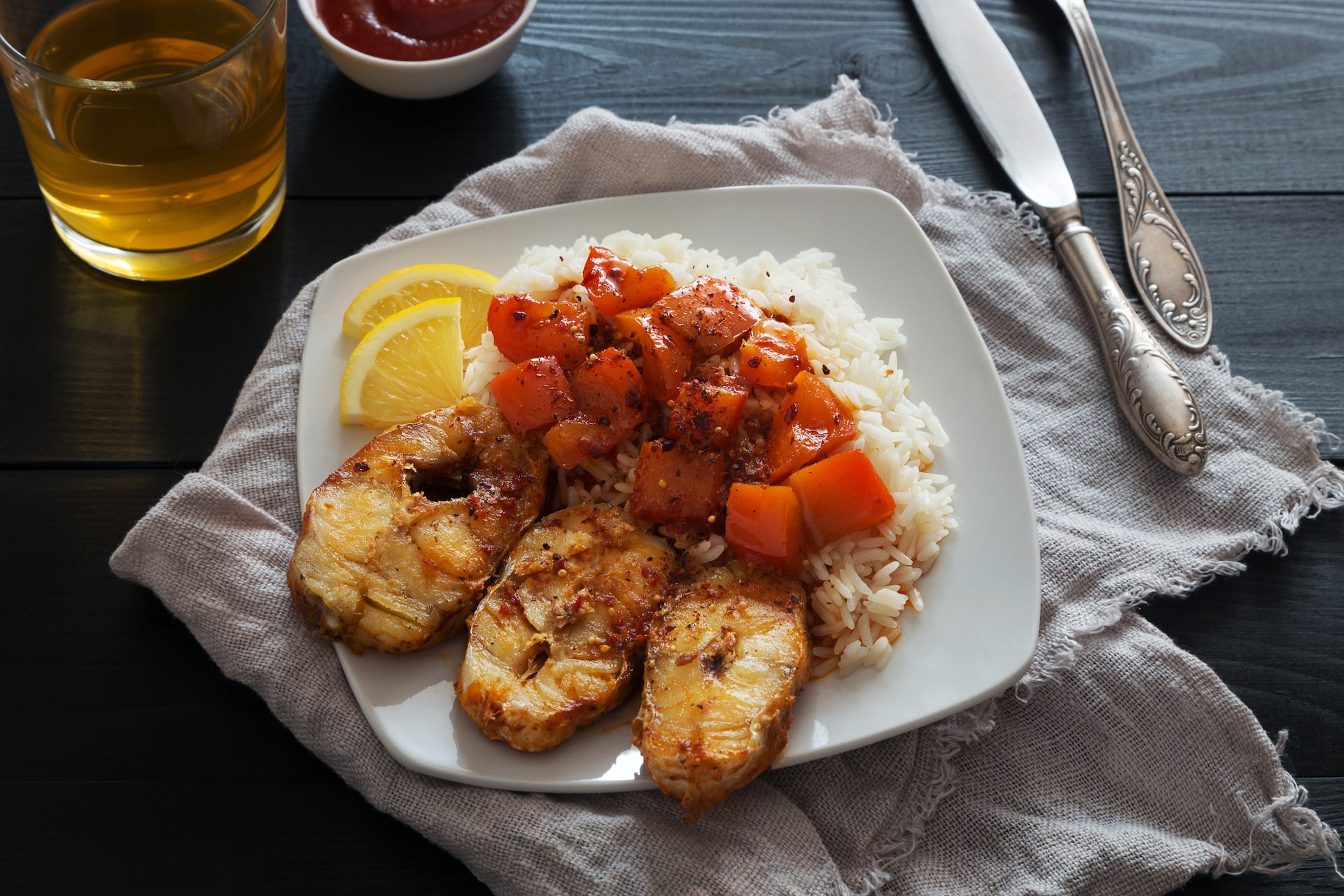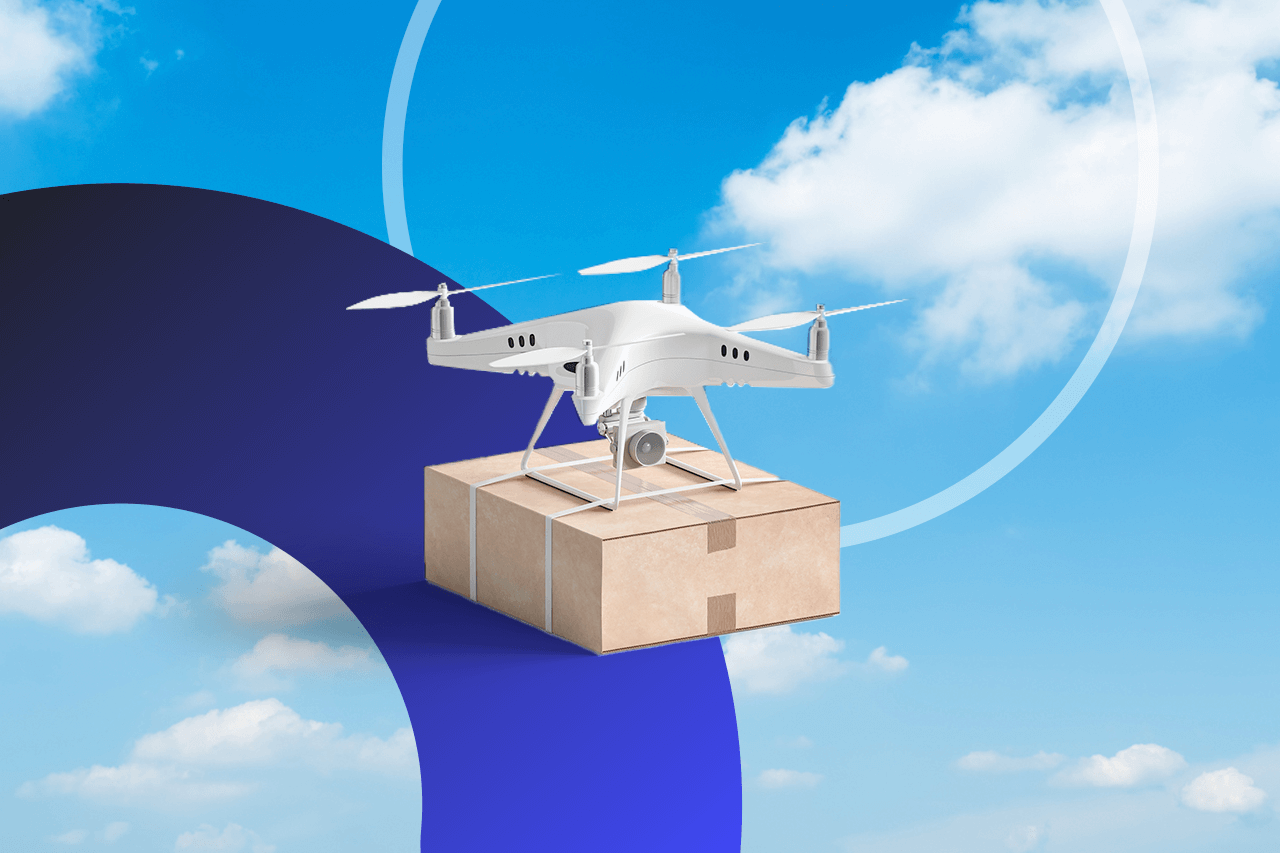



In today’s fast-paced society, logistics professionals face the continual challenge of getting goods to consumers as quickly as possible. Many people don’t want to wait several days to receive their deliveries, and some choose options that give them the merchandise within hours. As companies deal with traffic backups and the public’s increasing desire for eco-friendly transportation measures, drone deliveries emerge as sensible choices. They reach their destinations without encountering bumper-to-bumper traffic or road construction. Plus, a 2017 study found that certain drone deliveries result in fewer carbon emissions than goods brought by trucks.
More specifically, they excel when delivering light loads and flying short distances. The researchers did not envision companies using drones for all deliveries. However, they suggested using them in densely populated communities or driving a truck full of goods to a central location and having drones take the parcels to their recipients. Companies have moved beyond hypothetical scenarios where drones deliver goods. Real-world trials show what’s possible and could alter society in positive ways. Here’s a look at recent developments that could pave the way for widespread adoption.
Relying on drones doesn’t necessarily mean taking humans out of the picture. However, it could make delivery personnel more productive by supplementing their efforts. Pizza Hut will test a system in Israel where drones fly multiple pizzas to government-approved landing zones, such as parking lots. Delivery drivers take over from there and bring the food to customers’ doorsteps.
Domino’s claimed the achievement of the first pizza delivery by drone back in 2016. Even so, various difficulties — ranging from the strict rules defining drone operations to models that were too weak to carry people’s purchases — kept such drone flights infeasible. Things are slowly changing now so that drone-based deliveries are more accessible. However, it’s unlikely that hungry people will step outside their doors to take their pizzas from drones anytime soon.
Pizza Hut’s trial in Israel should make its products available to more consumers, though. Drones can bring the brand’s products to 7,000 additional households that ordinarily fall outside the outlet’s delivery radius. Each drone also has driver-recognition capabilities, preventing it from depositing food to an opportunistic thief.
Weight-based limitations continue posing problems, but not because of the drones’ capabilities. Government restrictions in Israel currently forbid loading drones with more than 5.5 kilograms of goods — the equivalent of two pizzas and a drink bottle. However, reduced weight restrictions may come into play by this summer.
People often decide that getting pizza delivered is the most convenient option, especially if they don’t drive or have cars. Frazzled parents and people who can’t leave home easily appreciate delivered pies, too. Pizza Hut’s plans could cater to people who live too far away for conventional deliveries, keeping those customers satisfied while boosting their profits.
Delivery professionals know that speed is a crucial factor in helping companies compete in increasingly crowded marketplaces. If someone can get their merchandise delivered the same day that they order it and only pay a little more, they’ll often do that than agreeing to wait longer.
Efficiency emerged as a vital factor during the COVID-19 pandemic, too. People ran out of essentials as they self-isolated, so they couldn’t go to the nearest stores to replenish. Others with compromised immune systems or other risk factors avoided stores to keep themselves safe. Such circumstances became the backdrop for a drone trial in a small Irish town called Oranmore. The goods came from Tesco, one of the nation’s major grocery providers.
People’s orders arrive approximately 200 seconds after leaving the supermarket. Customers pay set delivery fees and can order anything up to a 2-kilogram weight limit. The drones bring everything from diaper rash cream to bread. Besides finding the service handy for quarantining during COVID-19, people appreciated it when icy weather made the roads treacherous.
Manna Aero provides the drone deliveries, and Oranmore is its test market. Things are going well so far, considering that 35% of the orders come from repeat customers, and 50% used the service more than four times. After perfecting the service, the company leaders want to expand throughout the European Union, hopefully providing delivered meals and competing in a market that is even more in-demand recently.
It’s easy to see the practicality of this approach, too. Most people occasionally have such busy days that they can’t find time to cook or shop for groceries. Others, such as older people or individuals with disabilities, may frequently decide that traditional shopping methods cause so many hassles that they lead to overwhelm or discouragement.
When news broke that scientists developed safe and effective COVID-19 vaccines, people rejoiced. There’s still a lot to learn — such as how long protection lasts and whether vaccinated people can catch and spread the virus but not develop symptoms. Nevertheless, vaccination programs started, but not without hiccups.
One issue is that some places require eligible people to register for their vaccines by using complicated websites. They create barriers for older or less tech-savvy people who may lack internet access or smartphones. Another challenge is that individuals without cars or those relying on bus routes may struggle to reach the vaccination sites. On-demand transportation company Lyft recently asserted that approximately 15 million people skip health services because they can’t get to them.
Drone deliveries can’t fix the complicated website sign-up problem, but they could bring vaccines to the people who need the doses. A German startup called Wingcopter recently secured $22 million in Series A funds to develop the infrastructure to distribute COVID-19 vaccines via drones. Africa and Southeast Asia are its first areas of focus.
Each drone can carry about 2,500 doses per day. However, a new model under development could move 1,000 vaccines simultaneously. Some of the vaccines approved so far require extremely cold storage temperatures, and those administering the doses must act fast to avoid keeping them at room temperature for too long.
Wingcopter is one of many companies exploring the feasibility of using drones to improve vaccination access. Another possibility includes bringing doses to recipients via mobile trailers.
Given the urgency of getting people vaccinated as speedily as possible, companies will likely depend on numerous methods to get the job done. The main advantage of drones is that previous trials show them well-suited for quickly bringing medicines and supplies to remote locations.
The COVID-19 pandemic started an e-commerce boom that analysts expect to continue. One report anticipates e-commerce to account for 10% of the gross domestic product in the United States during 2020. That’s up from 9.2% in 2020.
With government leaders in many places worldwide mandating or strongly recommending that people stay inside to stop the virus from spreading, people are often home to receive online orders when they arrive. However, some shoppers are essential workers who can’t stay home. Also, as more people get vaccinated, experts hope to increasingly return to higher levels of activity in communities, which would see fewer people staying in their homes.
Several years ago, Dutch companies collaborated on drone deliveries that don’t need people home to receive them. The drones communicate with smart mailboxes that open to receive parcels. Each drone uses radio frequency identification (RFID) technology to trigger the mailbox to open when it gets within range.
The people involved in the trial asserted that one of the most beneficial aspects of this approach was that drones could deliver packages at any time of the day or night because there was no human involvement. That could prove helpful if government regulations stipulate that drones can only take to the air for deliveries during specific hours.
Moreover, customers could place the boxes at any place where drones could reach them. That might mean they install them on a balcony or back porch. Putting them in unexpected places that the residents find convenient might stop thieves from trying to break into a box once a drone departs.
It may be a while before drones become the most common and available ways for people to receive their goods. However, these examples show how company leaders are ready to think creatively about the possibilities. The need to follow regulations about flying zones, maximum weights and other restrictions does not necessarily make such deliveries too inconvenient or complicated.
Logistics professionals know how vital it is to get deliveries to the right places as soon as possible. Drones are not the best choices in every case, but they offer clear benefits for companies and their customers.


This site uses Akismet to reduce spam. Learn how your comment data is processed.